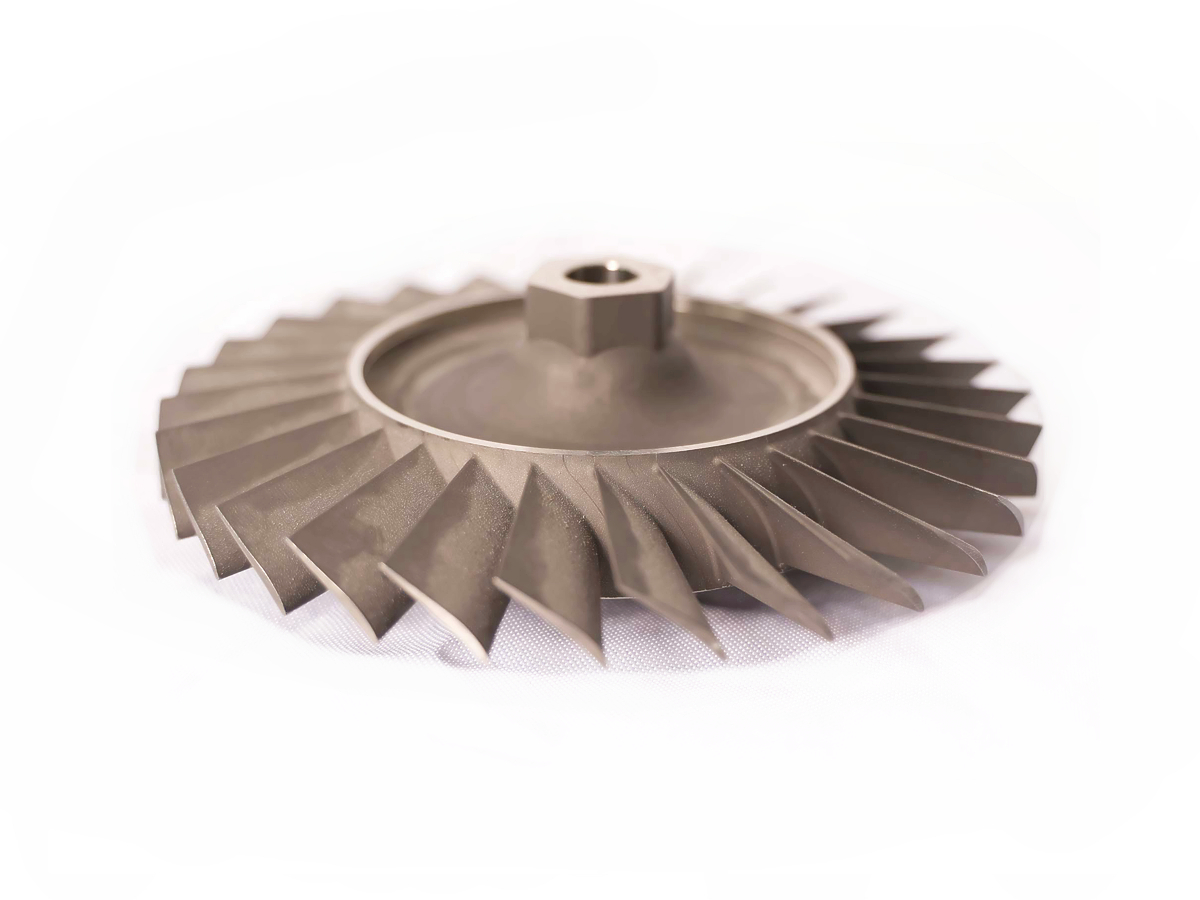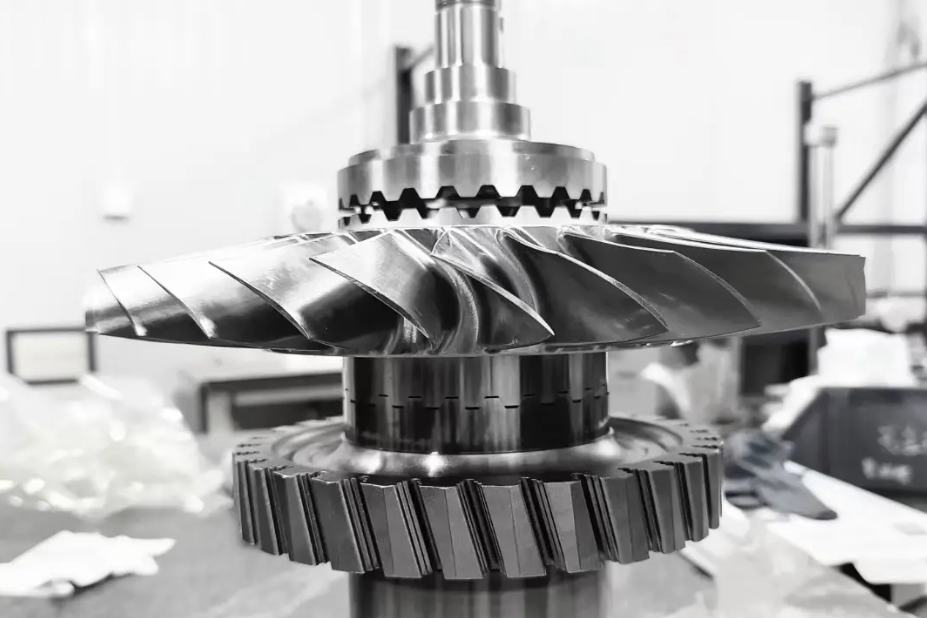Is heat treatment still required after HIP?
From a manufacturing and metallurgical perspective, the question of heat treatment after Hot Isostatic Pressing (HIP) is critical. The answer is a definitive yes, a subsequent heat treatment is very often required. While the HIP process itself involves high temperatures, its primary goal is geometric—to eliminate internal voids and achieve densification. It does not typically produce the specific microstructure required for optimal mechanical properties in the finished component. The post-HIP heat treatment is therefore a essential step to "set" the final metallurgical state, whether that is a solution-annealed condition, an aged condition for precipitation hardening, or a specific tempered state.
The Distinct Roles of HIP and Heat Treatment
It is crucial to understand that HIP and final heat treatment serve separate, non-interchangeable purposes:
HIP (Consolidation & Homogenization): Operates at high temperatures and isostatic pressure to collapse internal porosity via creep and diffusion. This significantly improves ductility, fatigue life, and fracture toughness by creating a homogeneous, defect-free structure. This is especially vital for components in high-integrity industries like aerospace and aviation and medical device.
Post-HIP Heat Treatment (Microstructural Engineering): This is a precisely controlled thermal cycle performed after HIP, typically at atmospheric pressure, designed to develop the final mechanical properties. This involves processes like solution annealing, quenching, and aging to precipitate strengthening phases, control grain size, and relieve any thermal stresses from the HIP cycle itself.
Material-Specific Requirements
The necessity and type of post-HIP heat treatment are entirely dependent on the alloy system:
Precipitation-Hardenable Superalloys (e.g., Inconel 718, Ti-6Al-4V): This is the most common scenario. The HIP cycle often puts the alloy into a solution-treated or over-aged condition. A mandatory post-HIP aging treatment is required to precipitate the strengthening gamma-prime/gamma-double-prime phases (in Inconel) or alpha-beta phases (in titanium) to achieve the high strength and creep resistance these alloys are known for. For instance, a Inconel 718 part would be useless for a jet engine component without the proper aging cycle after HIP.
Martensitic Stainless Steels (e.g., 17-4PH, 420): For these materials, the HIP process typically austenitizes the steel. A post-HIP heat treatment sequence involving quenching to form martensite, followed by tempering (aging), is absolutely essential to develop high strength and hardness. Without it, the part would be soft and have poor mechanical properties.
Other Alloys (e.g., Aluminum, Tool Steels): Similar principles apply. A Aluminum 7075 casting that undergoes HIP would still require a T6 or T7 heat treatment (solution heat treatment and aging) afterward to reach its peak strength.
The Integrated Manufacturing Sequence
A robust manufacturing workflow for a high-performance part often follows this sequence:
Near-Net-Shape Production: via 3D Printing or Rapid Molding.
Hot Isostatic Pressing (HIP): To achieve densification and eliminate internal defects.
Post-HIP Heat Treatment: To establish the final mechanical properties.
Final Machining: Using Precision Machining services to achieve critical dimensions and surface finishes. This step is done last because the heat treatment can cause minor dimensional shifts.
Surface Enhancement (Optional): Applying finishes like Passivation for stainless steels or Anodizing for aluminum.
Engineering Verdict
HIP and final heat treatment are complementary, not competing, processes. HIP ensures structural integrity by removing flaws, while the subsequent heat treatment tailors the microstructure to deliver the required strength, hardness, and toughness. Omitting the post-HIP heat treatment will result in a component with subpar mechanical properties, rendering it unfit for demanding applications despite its internal soundness. The specific heat treatment parameters must be developed in conjunction with the HIP cycle to form a cohesive and qualified manufacturing process.



